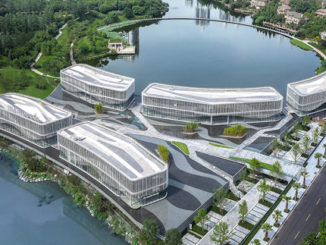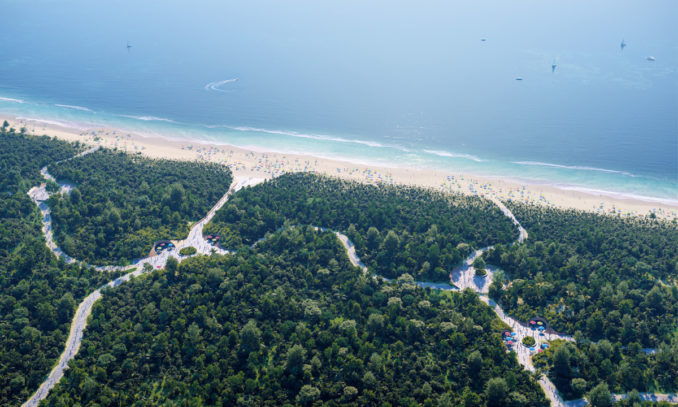
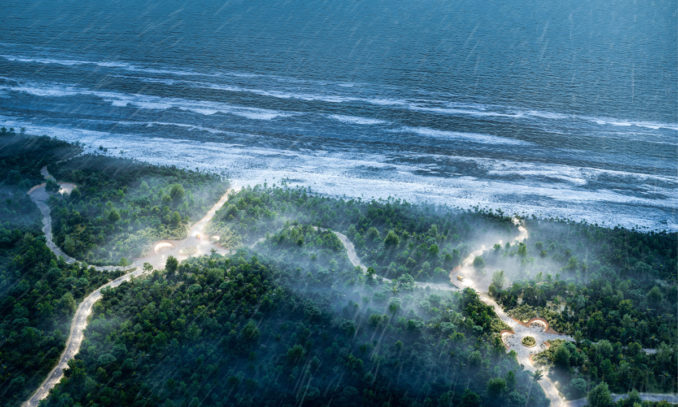
A New Resilient Masterplan
Mandaworks, Gossamer & Arcadis were commissioned as part of an international competition, organized by the Shenzhen Bureau of Urban Planning & Natural Resources, to create a new resilient masterplan for one of Shenzhen’s last remaining natural coastlines. At the doorstep to one of China’s largest cities, the new Xichong Coastal Reserve enhances the natural seaside getaway experience, protects local ecosystems and communities, whilst supporting a new ecological tourism industry for a burgeoning Chinese middle class. The Coastal Reserve protects the region’s rich biodiversity and restores historic fishing villages.
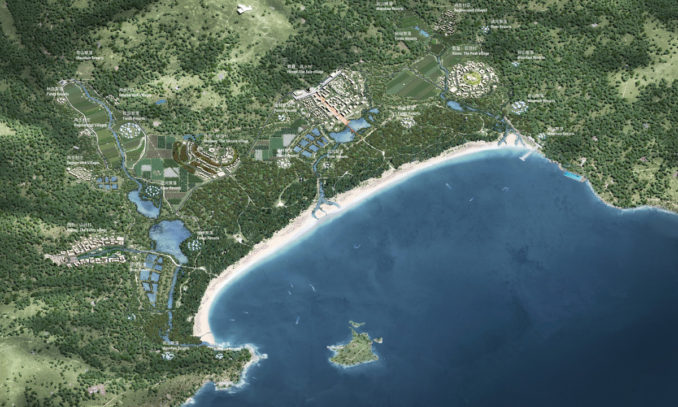
In late 2018, Typhoon Manghut devastated southern China, causing billions of dollars in damage. Since then, a swathe of reconstruction projects have been underway. Despite being in a typhoon zone, popular beach destinations have approved new high density mega-developments along their beachfronts. The Xichong Coastal Reserve is markedly different. The masterplan prioritizes typhoon resistance, ecological restoration and preservation of local villages. In this way, the design reflects the broader shift within China towards sensitive development, environmental protection, cultural preservation, and genuine nature experiences.
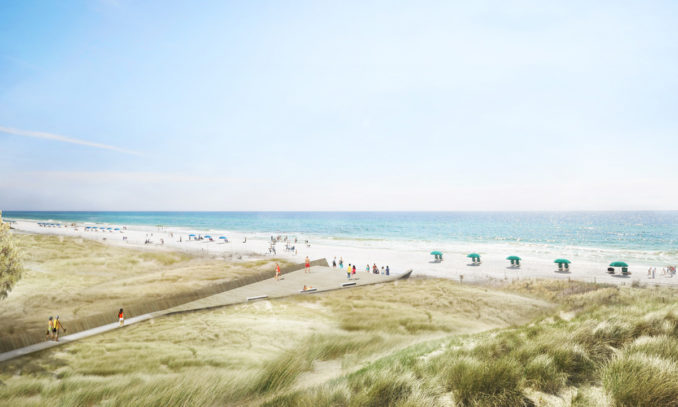

Landscape Driven Urbanism
Xichong Coastal Reserve leads with a progressive landscape approach integrating transport, urban design, architecture, engineering and tourism strategies prioritize environmentally driven solutions to a wide range of challenges. The robust landscape-led framework allows for a rational development strategy that enhances the area’s biodiversity, environment and extreme weather resiliency.
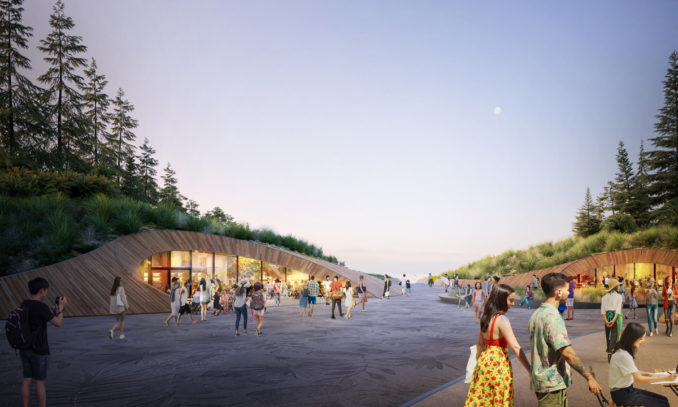
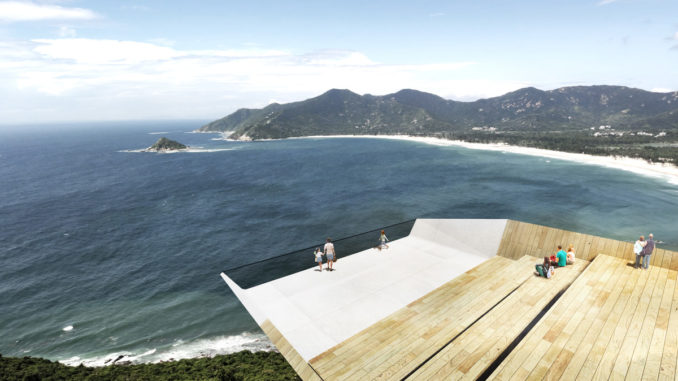
Xichong Coastal Reserve restores natural water flows by repairing eroded river corridors, wetlands and coastal mangrove habitats. This then provided a suite of tourist experiences from boardwalks, kayaking routes, bird hides and floating markets, while new flood-proof residences responds to the natural river system. Upgrades to existing farmland, allowing for organic agriculture, markets and teahouses are protected by surrounding mountains that create opportunities for new lookouts, bicycle trails, hiking shelters and cliff walks.


Defending with Landscape
Xichong Coastal Reserve coastal defense strategy introduces flood and typhoon mitigation through reinstating dune systems previously destroyed by typhoons and over-development.
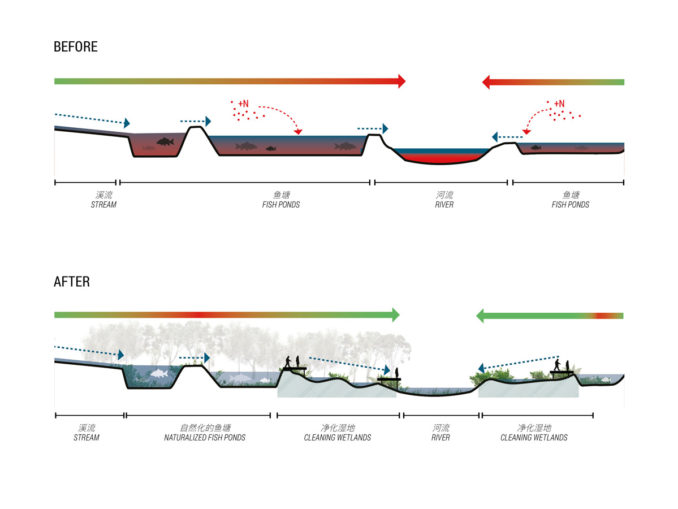
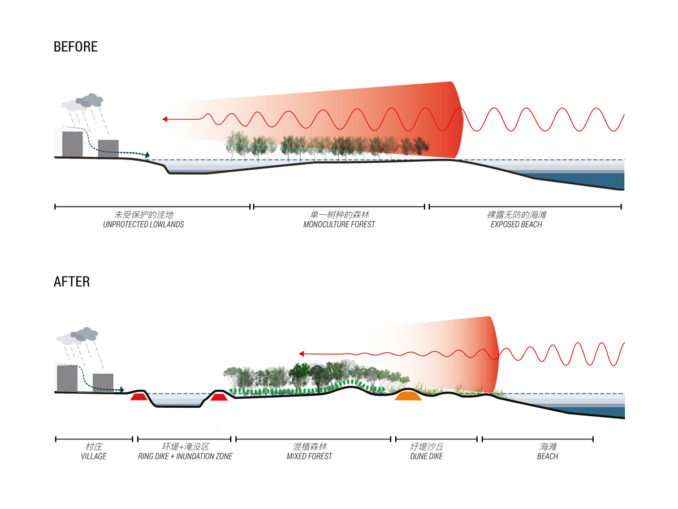
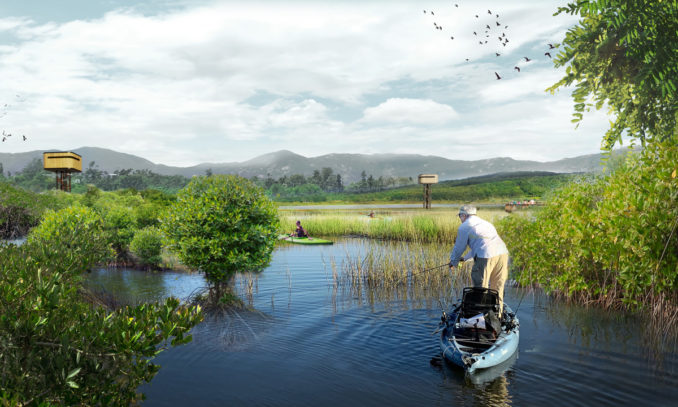
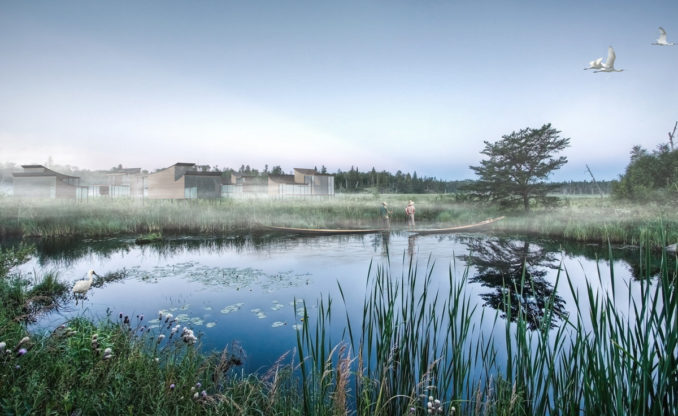
Cafes, restaurants, and changing rooms are built within the re-constructed dune-scapes , connecting with sheltered beach walks, camping areas and nature playgrounds. A new dike, hybridizing modern engineering and natural coastal landscapes, present unique landscape typologies to interact with whilst protecting against flood and high seas.
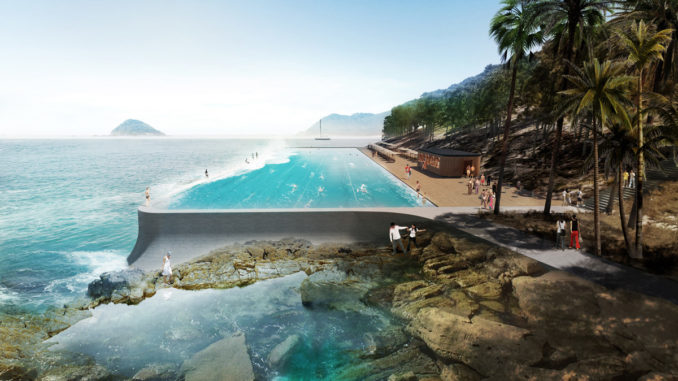
Building with Landscape
The majority of urban expansion is focused around four existing villages that are then aligned to the surrounding landscape conditions.
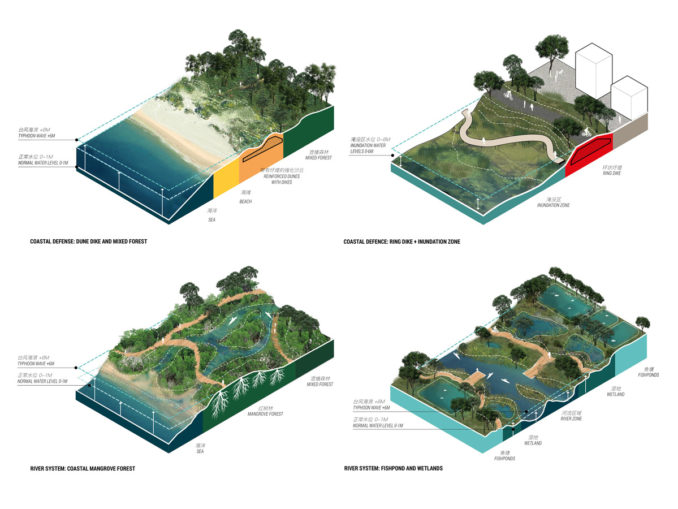
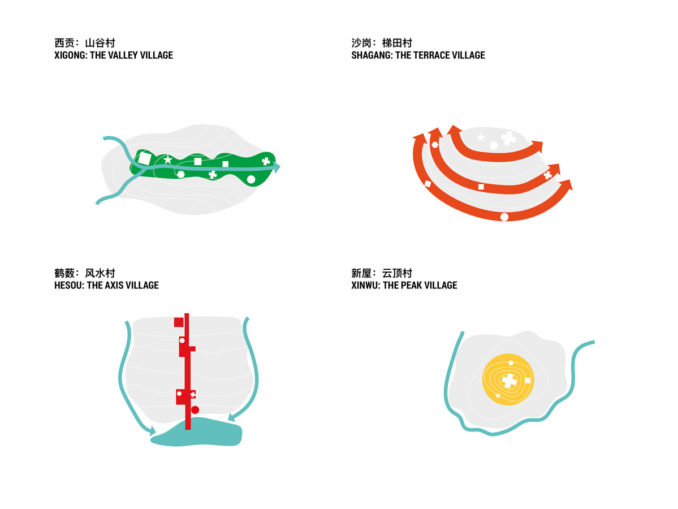
Xigong Town; located in a quiet and serene valley is expanded along a restored stream running through the centre of town.
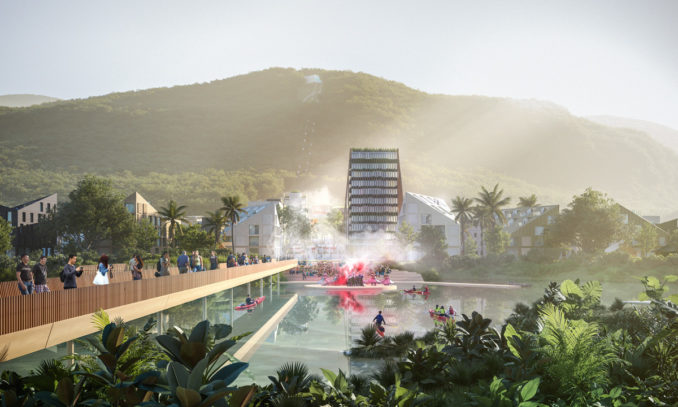
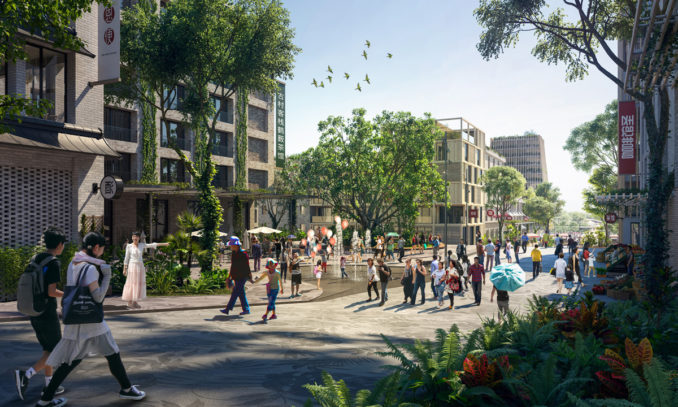
Shagang Town; grows around new terraced orchards where local produce is grown and sold at the town markets. Hesou Town; the largest of the villages, is upgraded and a central civic street is designed to bring people from the mountains all the way to the beach via a new cable car network and trails. Finally, Xinwu Town; located to the east, is developed around a new health and wellness retreat that overlooks the coastline.
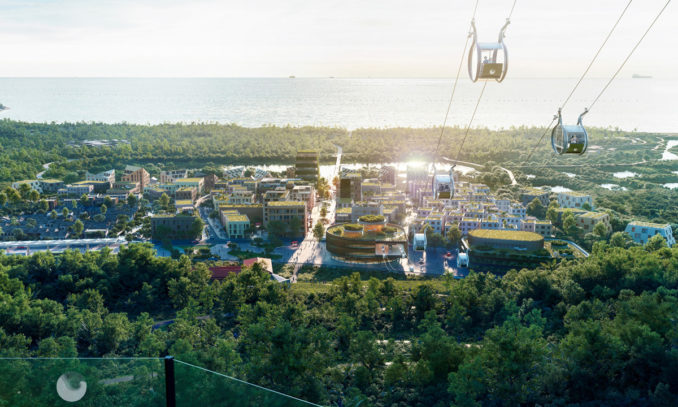

While most of new development and residents will be focused in the larger villages, scattered through the landscape, are a series of boutique accommodation for visitors and residents. The small architectural interventions respond to the forests, mountains, farmlands and rivers bringing people closer to a new, rejuvenated Xichong.
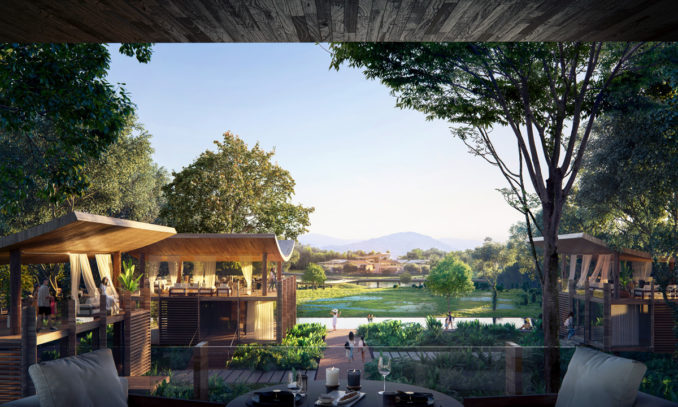
Xichong Coastal Reserve
Location: Shenzhen, China
Client: Shenzhen Bureau of Urban Planning & Natural Resources, Shenzhen Dapeng New District Committee Project
Design Team:
Mandaworks (Martin Arfalk, Patrick Verhoeven, Cyril Pavlu, Shan Jiang, Leslie Norris, Manon Otto,
Mariada Stamouli, Emilia Puotinen)
Gossamer (Jack Qian, Alex Breedon, Nicola Balch, Yaxin Zhao, Sonny Huang)
Acardis (Robbert Jongerius, Martijn Onderwater, Sander Hermens, Joep van Baasd)

